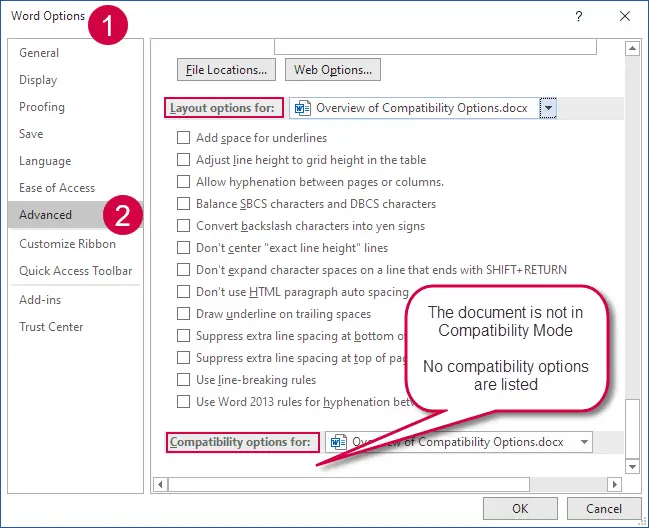
It turns out that there are three possible Styles that would control the size of text in a comment balloon: Comment Text, Comment Subject, and Balloon Text. And within minutes, a much more readable form of the document was winging its way to the client.

Fortunately, a quick Google search led me to a forum post that told me exactly what I needed to know. I knew it had something to do with the Styles feature, but I had to do a little research to figure out exactly which Style would control the text within the balloon. All he knew was that his fingers had been flying over the keyboard one moment and the next moment his comment balloon had seemingly deflated. He was completely mystified, as was I, about what possibly could have happened to make his comment text so small and unreadable.

Yikes! Who could possibly read that? That comment balloon is way too small! He was getting ready to send out another reviewed document, when he opened it up from his outgoing e-mail and saw something like this: Marked-up documents have been flying back and forth via e-mail, and the Microsoft Word Track Changes feature has made life a lot easier for him. He’s been using Track Changes a lot lately, and it’s turned out to be a pretty handy feature for him, since he’s been doing a lot of contract work. Here’s how a Table looks using a standard single line border but increasing the cell spacing from the default, Zero.Īs you can see, the single line table border becomes a twin gridline just by adding cell spacing to the same table.And now for a dispatch from the “Well, I’ve never seen this before” Department … Just when I thought I had seen it all, my boss threw me a curve ball, courtesy of his new-found affection for Microsoft Word’s Track Changes feature. Go to Table | Alignment | Cell Margins | Default cell spacing | Allow spacing between cells. While cell margins are the space between the text and the edge of the cell, cell spacing puts space around each of the cells.Ĭell spacing has a surprising effect on the look of a Word Table with single line borders. Word’s Table Options have an interesting choice, Cell Spacing. When space is tight, reducing the default left & right cell margins can help fit a table or contents into the available space. Change the Top & Bottom cell margins to separate the lines and improve readability. Here’s a single row, highlighted a little by increasing the top & bottom cell margins.Ĭell margins are useful to separate lines in a table, especially when there’s no gridlines. UNcheck the box ‘Same at the whole table’ then change the margin settings. Select the column, row or cell you want to change then go to Table Layout | Table | Properties | Cell | Options. Table cell margins can be changed for a row, column or even a single cell, but it’s nowhere near the main Cell Margins ribbon button. You can, of course have different margins on different sides:

Here’s the large cell margins (left) compared to zero cell margins (right). The margins we’ve selected above are quite large, just to show you clearly how his setting changes your table. In the Table Options dialog that opens, use the spinners to incrementally change each of the four margins, or simply type in the margin that you want into each field Top, Bottom, Left or Right. Then click Cell Margins in the Alignment group. To change the cell margins, we again click in the table and go to the Layout tab on the right. They can be set separately for the top, bottom, and either side of the cells. Thanks for joining us! You'll get a welcome message in a few moments.Ĭell Margins and Cell Spacing are two important settings in any Word Table but they aren’t used much and not well understood.Ĭell margins are the spaces between your text and the edge of the cell.


 0 kommentar(er)
0 kommentar(er)
